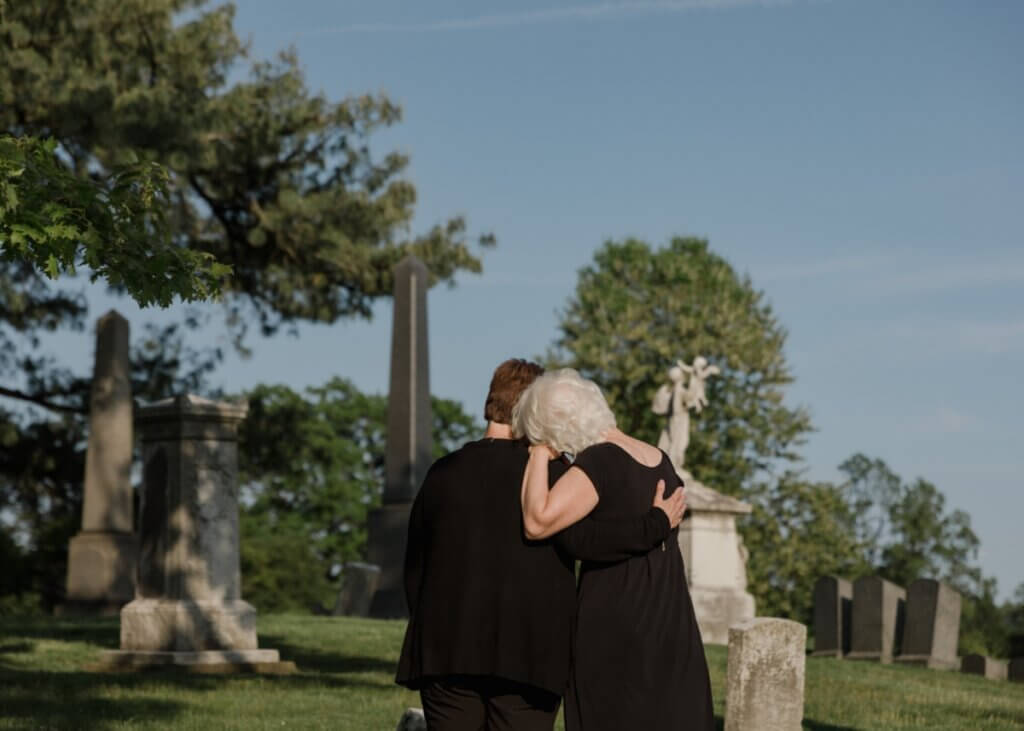
Your Estate Plan in Action: What Happens in the First 48 Hours After You’re Gone
When you create an estate plan, it’s easy to think of it as a “someday” safety net—a collection of documents that will quietly sit in a folder until it’s needed. But the real test of your plan comes in the first 48 hours after you pass away.
Those first two days are often an emotional whirlwind for your loved ones. While they’re grieving, the foundation you’ve laid in your estate plan can either bring clarity and peace—or confusion and stress. Here’s what really happens in those critical hours, and how a well-prepared plan supports the people you love.
The Immediate Focus: Care for Loved Ones, Not Paperwork
In the hours after a death, families are usually focused on urgent, personal matters—not legal documents. Typically, this includes:
- Notifying close family and friends
- Arranging care for dependents—children, elderly parents, or even pets
- Handling immediate needs—such as coordinating with a hospital or hospice, or making calls to clergy or support networks
A well-prepared estate plan ensures that these human priorities come first. If your plan designates guardians, caregivers, or pet arrangements, your loved ones can act quickly without second-guessing.
Access and Authority: Who Steps In First
Within the first 48 hours, your chosen decision-makers may need to step into their roles:
- Healthcare agents may need to handle any final medical or organ donation decisions.
- Your executor or successor trustee may need to secure your home, gather important documents, and begin coordinating funeral or memorial plans if you left instructions.
- Powers of attorney typically end at death—but if you become incapacitated before passing, the smooth handoff to your successor trustee or executor happens because your plan already outlined who has authority and when.
Without clear instructions, families can face delays, disputes, and even legal hurdles at the worst possible time.
Practical Steps Your Family May Take
In the first 48 hours, your family isn’t typically dividing assets or calling the bank—but they may need to:
- Locate your estate plan and key documents
- Your trust, will, healthcare directives, and instructions for final arrangements
- Contact information for your attorney, financial advisor, and CPA
- Your trust, will, healthcare directives, and instructions for final arrangements
- Secure your property and accounts
- Lock the home and vehicles
- Safeguard personal items, pets, and digital assets
- Lock the home and vehicles
- Begin funeral or memorial planning
- Follow any preferences you left in writing to avoid family guessing or disagreements
- Follow any preferences you left in writing to avoid family guessing or disagreements
If you’ve prepared a clear estate plan and shared its location with your trusted decision-makers, these steps happen smoothly and with minimal stress.
Why Planning Ahead Changes Everything
The first 48 hours after someone passes can either be a period of loving remembrance or a scramble to figure out what to do. Families without a clear estate plan often experience:
- Delays in accessing bank accounts or securing the home
- Family conflicts over who has authority
- Uncertainty around final wishes or care for dependents
A complete estate plan—including a fully funded trust, updated beneficiary designations, healthcare directives, and clear instructions—removes the guesswork and gives your family the gift of clarity during a painful time.
The Takeaway
Your estate plan isn’t just about the distribution of your assets—it’s about supporting the people you love during their hardest moments. Those first 48 hours are when your plan quietly proves its worth, giving your family the ability to grieve without added chaos.
If you haven’t reviewed your plan recently—or if you’re unsure how it would work in the first 48 hours—it’s worth taking the time now to make sure your loved ones are protected.
